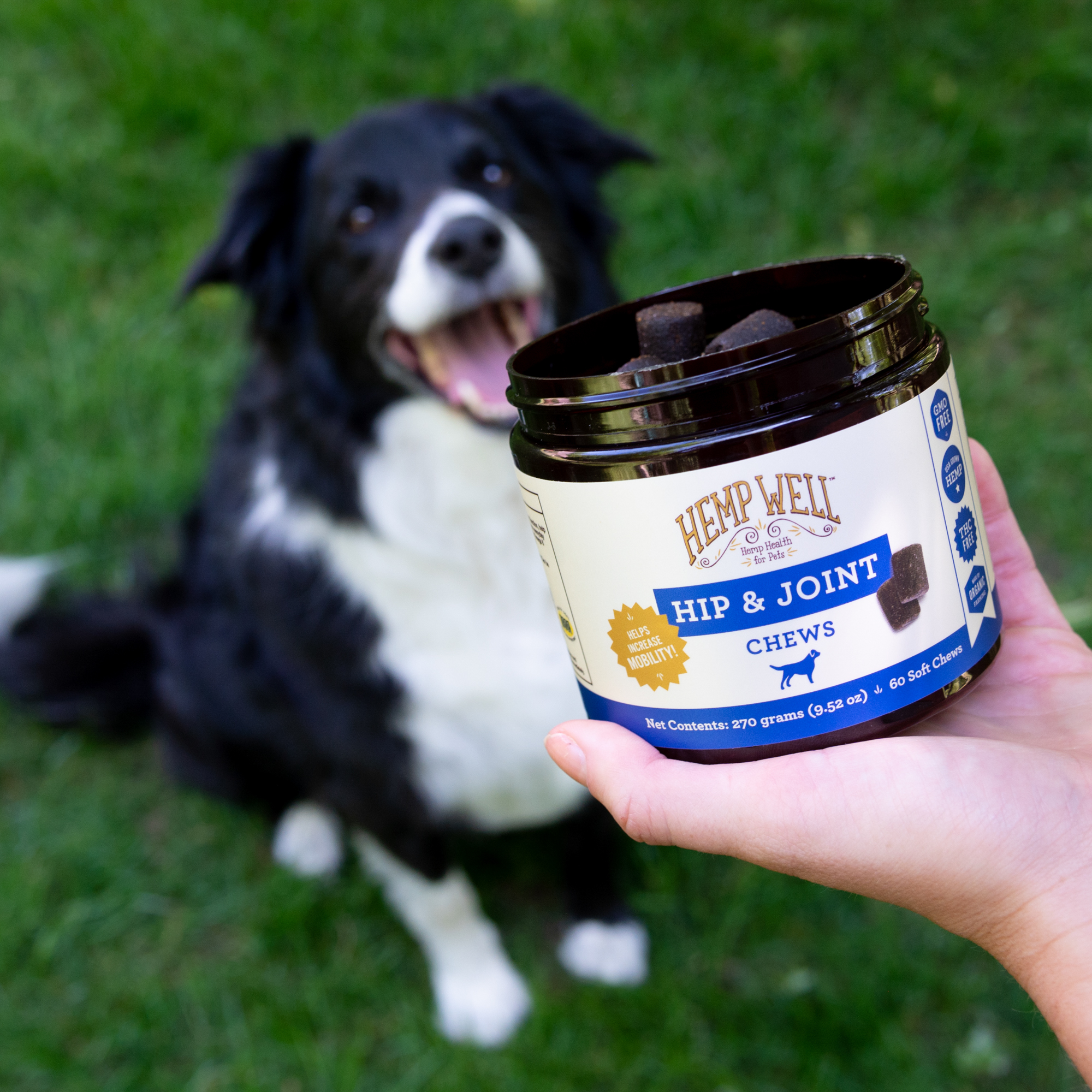The Power of Omega-3 and Omega-6 Fatty Acids: A Comparative Analysis
The Power of Omega-3 and Omega-6 Fatty Acids: A Comparative Guide for Dogs
Every pet parent wants their dog to live a healthy, active life. Among the most critical nutrients for canine wellness are omega-3 and omega-6 fatty acids — essential fats that dogs cannot produce on their own. Supplementing these nutrients has been linked to improved joint health, reduced inflammation, enhanced skin and coat condition, and even cognitive support in senior dogs.

Why Omega Fatty Acids Matter
Omega-3 fatty acids — including alpha-linolenic acid (ALA), eicosapentaenoic acid (EPA), and docosahexaenoic acid (DHA) — have been shown to reduce systemic inflammation, support heart health, and improve mobility in arthritic dogs (Roush et al., JAVMA, 2010). Omega-6 fatty acids, particularly linoleic acid and gamma-linolenic acid (GLA), are critical for skin barrier function and maintaining a shiny coat.
The ideal omega-6:omega-3 ratio for dogs is believed to be between 5:1 and 10:1 (Bauer, Vet Clin North Am Small Anim Pract, 2006). Most commercial dog diets are already high in omega-6, so supplementing with omega-3s can help bring the ratio back into balance.
Comparing Popular Oil Sources
Hempseed Oil: The Balanced Contender
Benefits: Hempseed oil contains an ideal ratio of omega-3 to omega-6 (≈3:1) and is one of the few plant sources of GLA, which has been shown to reduce skin inflammation and itchiness (Callaway et al., J Dermatol Treat, 2005). This makes it an excellent choice for dogs with allergies, dry skin, or seasonal itch.
Shelf Life: 4–6 months when refrigerated. Naturally occurring vitamin E acts as an antioxidant, helping delay oxidation.
Taste: Mild, nutty flavor that most dogs accept readily. Try Hemp Well Hemp Omegas for a clean, organic source.
Flaxseed Oil: Omega-3 Boost
Benefits: Flax oil is rich in ALA, a plant-based omega-3 that supports cardiovascular health and coat shine. However, dogs must convert ALA into EPA/DHA — a process that is not highly efficient.
Shelf Life: Shorter (2–3 months refrigerated). Highly susceptible to oxidation.
Taste: Mild but can be slightly bitter as it ages, which may reduce palatability for picky dogs.
Fish Oil: High in EPA & DHA
Benefits: Fish oil remains the gold standard for delivering ready-to-use EPA and DHA. Studies show it can improve weight-bearing in arthritic dogs and reduce joint pain (Fritsch et al., JAVMA, 2010).
Shelf Life: 3–6 months once opened; store in a cool, dark place to prevent rancidity.
Taste: Dogs often love the flavor, but some owners report "fishy breath" as a side effect.
MCT Oil: Cognitive Support
Benefits: While not an omega-3 source, MCT oil provides medium-chain triglycerides that can serve as an alternative energy source for senior dogs, supporting brain function (Pan et al., Neurobiol Aging, 2010).
Shelf Life: Stable for 12+ months at room temperature.
Taste: Neutral and easy to mix with food.
Corn Oil: Omega-6 Heavy
Benefits: High in linoleic acid but contains little omega-3, which may skew the ratio toward pro-inflammatory if not balanced with omega-3 sources.
Shelf Life: Up to 12 months when stored properly.
Taste: Generally acceptable but offers no additional benefits over hempseed or fish oil.
Conclusion: Choose Wisely, Balance is Key
When selecting a supplement, choose one that delivers a balanced ratio of omega-3 and omega-6 fatty acids while minimizing oxidation risk. Hemp Well Hemp Omegas provide a stable, organic, plant-based source that supports joint, skin, and immune health without overloading omega-6s. Pairing hempseed oil with fish oil occasionally can provide additional EPA/DHA benefits.
Related Resources
- Fish Oil vs. Hemp Oil for Dogs
- Benefits of Hemp Seed Oil for Pets
- What Can I Give My Dog for Joint Pain?








